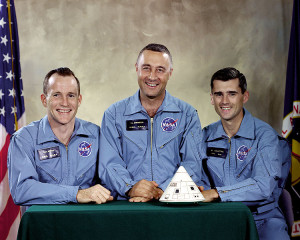NASA has recently tested a new type of drive that may be used in future spaceships. The Cannae Drive is unique in that it doesn’t use propellant. Since propellant (fuel) has mass, normal drives need to move the spacecraft and the propellant for future thrust. This leads to needing lots of mass, frequently as much as the payload.
But the Cannae Drive is different. It uses microwaves instead of propellant. By bouncing microwaves in a specially shaped container, they have managed to create a difference in radiation pressure, generating between 30-50 micronewtons. This is a very small amount of thrust. The only energy that is needed is electricity, which is readily available through solar panels.
This technology is in its infancy, and is a long way from being used in spacecraft.
I love this kind of thing because it appears to violate the Law of Conservation of Momentum (simpler). This means that we’re at the edge where our understanding of the way the universe works may be wrong. Our scientific understanding may have to change to account for this effect.


 47 years ago today,
47 years ago today,